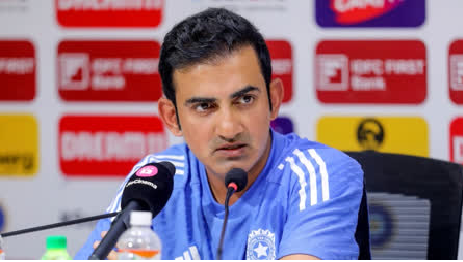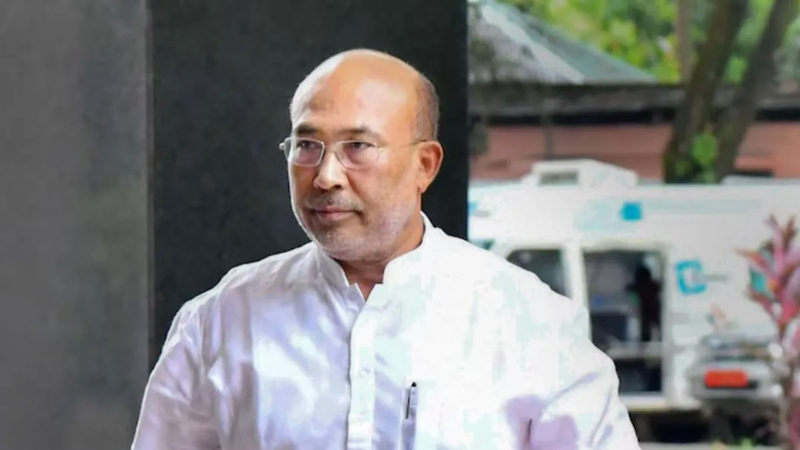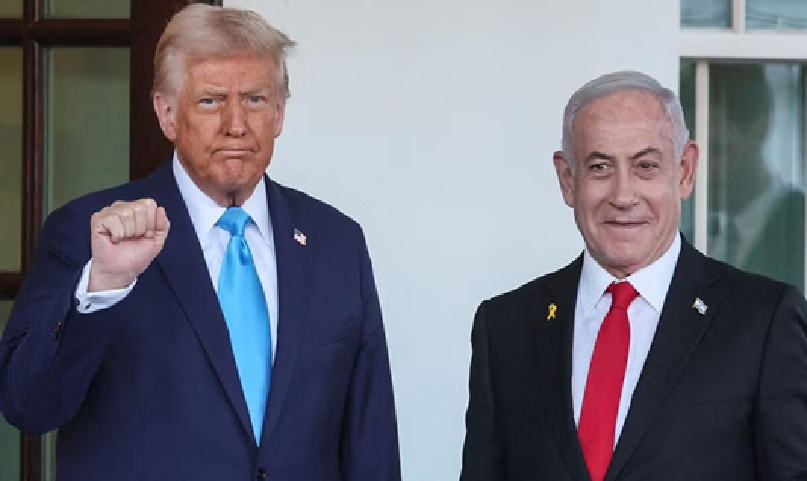
The ‘prickly’ transition of Gambhir as India’s head coach
Gautam Gambhir’s transition from cricketer to coach of the Indian cricket team marks a pivotal career shift. Known for his intense competitiveness, Gambhir contributed significantly to India’s World Cup victories in 2007 and 2011. Yet, coaching demands a distinct skill set, combining tactical insight with psychological acumen and a balanced, empathetic approach – qualities that differ from those needed to excel as a player.
Former Australian captain Ricky Ponting described Gambhir as a “prickly character,” sparking debate about his suitability for coaching. This critique highlights the potential friction between Gambhir’s personality and the evolving demands of head coaching, particularly within the complex culture of Indian cricket. While his tenacity and drive served him well as a player, coaching requires a nuanced style that fosters a cohesive, supportive team environment. In a coaching role, Gambhir’s directness could risk alienating younger players who need guidance and encouragement rather than confrontation. The modern game has redefined coaching expectations, moving away from purely tactical roles toward a more holistic approach. Coaches are now seen as mentors, responsible for not only the team’s strategic direction but also the players’ personal and professional development. Till recently, Rahul Dravid exemplified this model, guiding young talent with patience and creating an atmosphere where players felt secure and valued. In contrast, Gambhir’s high-intensity style might seem abrupt, potentially challenging the team’s unity.
However, Gambhir’s tactical understanding and experience remain undeniable assets. If he can align his competitive edge with a more inclusive approach, his insights could add considerable value. Today, success in Indian cricket is measured by team spirit as much as individual excellence, and Gambhir’s ability to adapt his style may be the key to his effectiveness. To succeed, he will need to manage the expectations of both seasoned players and newcomers, ensuring his coaching style nurtures rather than overwhelms them. Gambhir’s challenges are not unique among elite athletes- turned-coaches. Figures like Roy Keane and John McEnroe, celebrated for their intense playing styles, struggled to translate their personal intensity into effective coaching. Keane’s confrontational approach as a football manager and McEnroe’s uncompromising attitude as a tennis coach alienated players, illustrating how a rigid personality can hinder team cohesion. Conversely, Ricky Ponting’s success as a coach, particularly in the IPL, highlights the effectiveness of balancing authority with empathy. By moderating his competitive nature, Ponting creates a positive, collaborative atmosphere, a model that Gambhir might benefit from emulating.
In his new role, Gambhir faces not only the pressure to secure victories but also the responsibility to shape Indian cricket’s future. His journey as a coach will test his ability to move beyond his former player identity, adjusting to the multifaceted demands of leadership. With a team that includes both seasoned professionals and emerging talents, Gambhir’s success will depend on his ability to lead with inclusivity and emotional intelligence. His cricketing knowledge is unquestionable, yet his ability to inspire rather than intimidate will be the defining factor in his tenure. Ultimately, Gambhir’s transition to coaching poses a significant question: can he temper his natural intensity to foster a collaborative, supportive environment? His legacy in Indian cricket could be one of renewed vigour or discord, hinging on his capacity to adapt his leadership style. This new chapter will undoubtedly challenge Gambhir to expand his understanding of effective coaching, balancing his competitive spirit with the nurturing qualities essential to guiding India’s cricketing future.
 English daily published in Bengaluru & Doha
English daily published in Bengaluru & Doha






